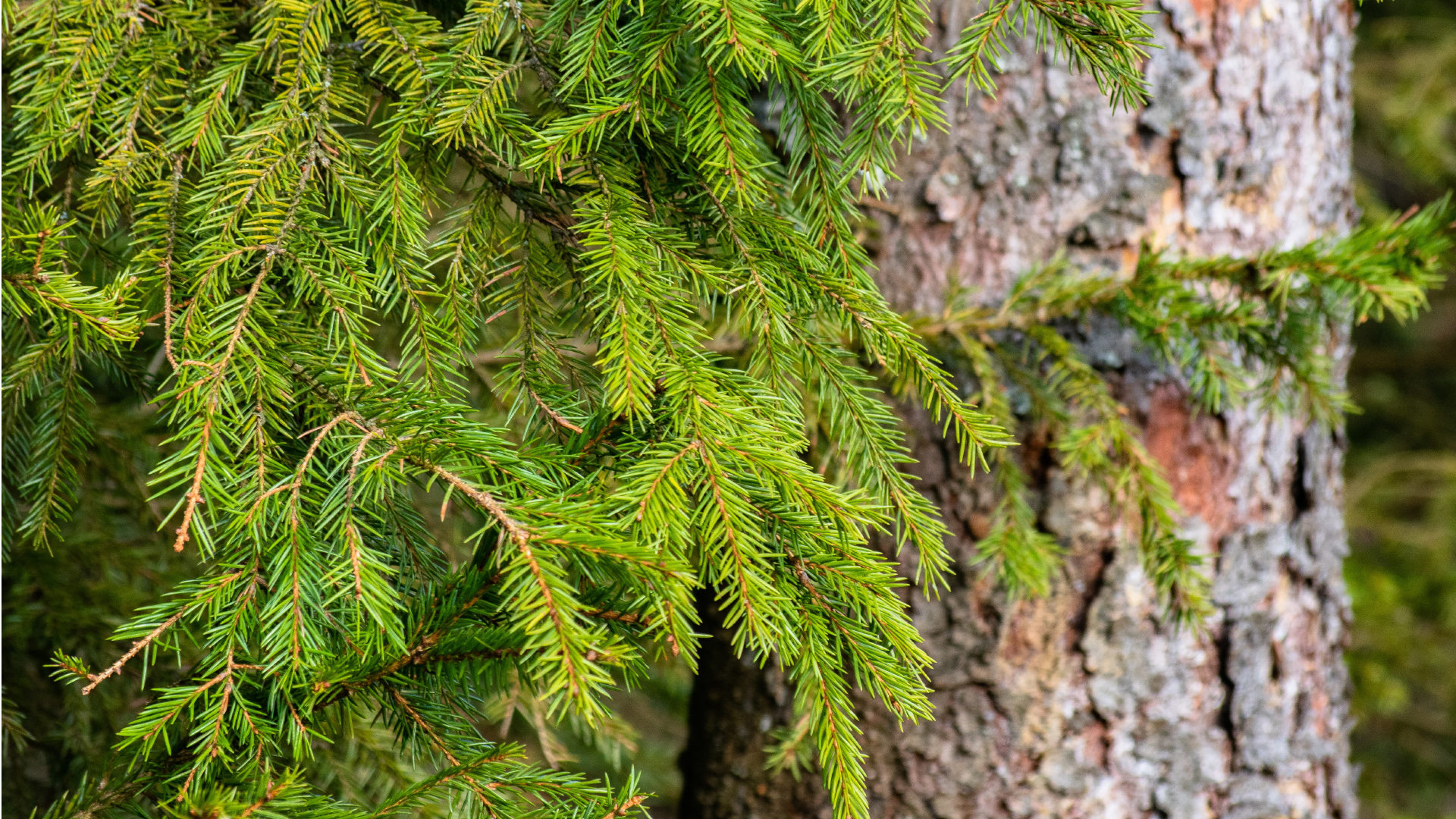
This is the latest in a new series of blogs by John Wyer, which explores the A to Z of garden design and horticulture. This time, E is for Evergreen…
So, what is it about evergreens?
I regularly have conversations with clients which go along these lines:
Client: “We want everything evergreen.”
Me: *Sigh* “Part of the enjoyment in gardens is seasonality: what has changed since you last were in the garden; autumn colour, spring blossom, bright winter stems…”
Client: “We want year-round colour as well.”
Me: “Would you like chocolate sprinkles, nuts and sauce with that?”
Client: “Yes please, and a flake.”
I could say – ‘Don’t get me wrong, [a phrase which always precedes something outrageous] I love evergreens.’ But instead, given the tagline of this series, I am going to concentrate on the fact that they have a noble history and a deep-seated place in our culture.
If I was to say: ‘The Holly and the Ivy’, I know what would instantly spring into everybody’s mind. In northern Europe, these native evergreen plants have deep and often mystical associations. In traditional culture, ivy had dual ‘personalities’. It was often a symbol of prosperity and peace and used at weddings. However, it was also associated with Bacchus and was ‘the enemy of the vine’. Holly likewise has many mystical and pre-Christian associations, although like others it has become appropriated into Christian mythology – the holly leaves representing the crown of thorns and the berries the blood of Christ.
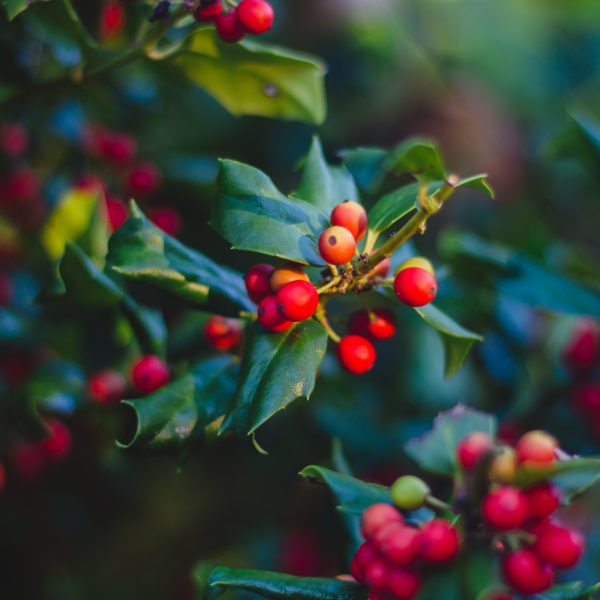
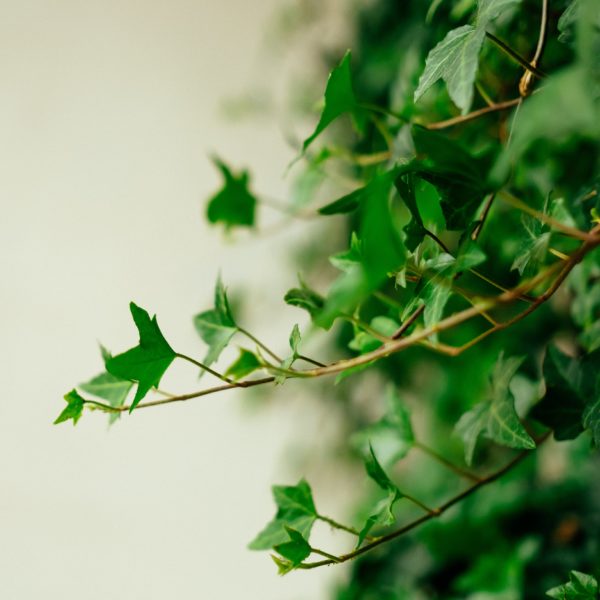
Or what about Yew trees – planted in graveyards and churchyards, supposedly to ward off evil. At the approximate centre of Scotland grows what is Scotland’s, and possibly Europe’s, oldest tree. Estimates suggest that the Fortingall yew in Glen Lyon could be anything from over two thousand to nine thousand years old. A popular legend relates how Pontius Pilate was born under this tree or played as a child in its branches. This suggests that it was already a landmark over two thousand years ago.¹ The association of yew trees with cemeteries (and therefore churchyards) predates Christianity.
With the explosion of horticultural interest in the eighteenth and nineteenth centuries, many evergreen plants from the Americas, Asia and elsewhere were introduced into the UK by plant-hunters.
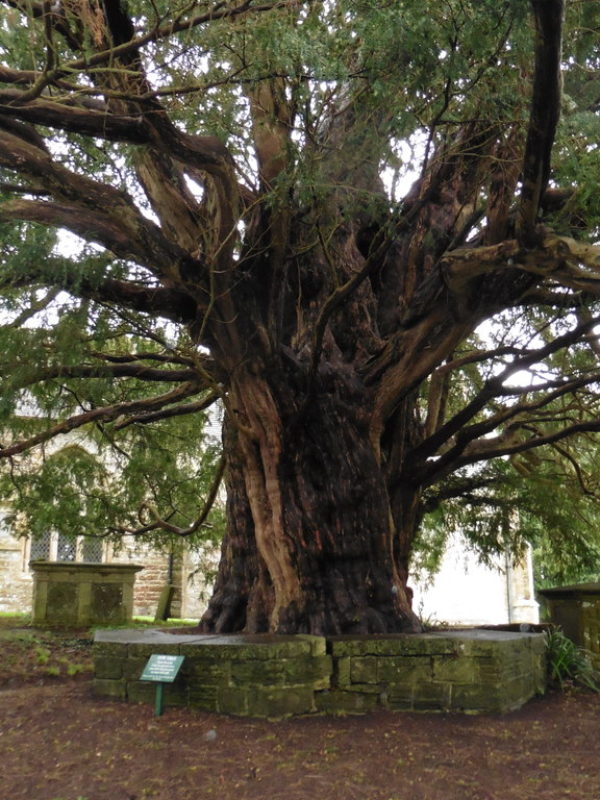
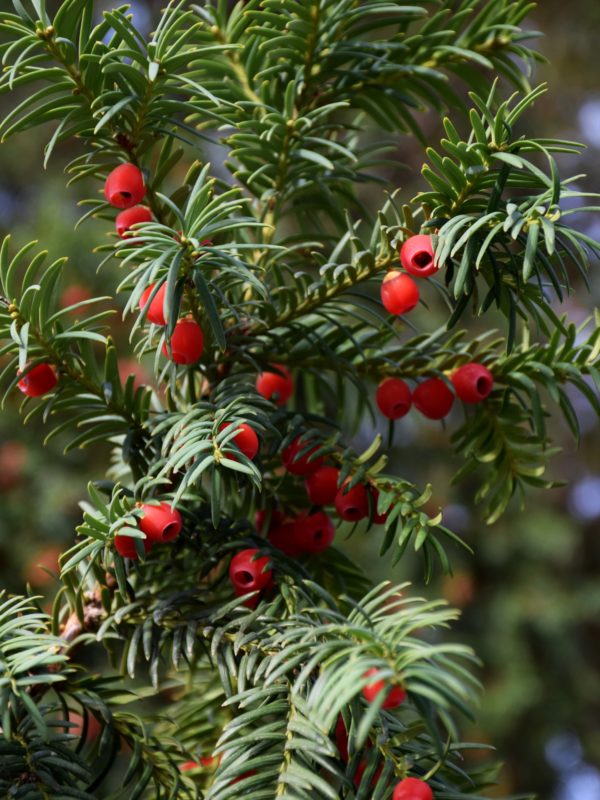
So, let’s skip forward to the last hundred years. 1950’s-1970’s England – a riot of evergreens and perennials – on the one hand we have dahlias, goldenrod and delphiniums, and on the other Rhododendrons, heathers, Choisya and Pieris. And then to top it all, along came – Leylandii! This is the horticultural equivalent of keeping a leopard cub in your living room and then complaining when it grows up to be a bit ‘difficult’. Leylandii are so bad that a law had to be specially drawn up to sort out the resulting neighbour problems (the high hedges act).
In contrast to this blatantly classist attack on Chamaecyparis x leylandii, I will look at the other end of the horticultural class spectrum – yew and box. Nancy Mitford’s U and Non-U was exquisitely parodied by James Bartholomew in the 1990s to become ‘Yew and non-Yew’. This outlined which plants and features were ‘yew’ or upper-class and which were middle or lower-class and therefore non-yew. This was of course turned on its head by the wonderful Christopher Lloyd with his adoration of many plants considered to be rather more working class.
To go full circle, don’t get me wrong, I love evergreens. There are some which I use regularly. Where would I be without Trachelospermum jasminoides for example, or Liriope? I’ve even been known to sneak the indestructible Griselinia littoralis into the odd roof terrace or coastal garden. Evergreen plants are also very useful for adding ‘structure’ to a garden, acting as a foil for herbaceous material. But I don’t think I’ll be doing a garden of heathers and dwarf conifers anytime soon. Although perhaps with a little rockery…
References
¹ Trees for Life – Yew https://treesforlife.org.uk/into-the-forest/trees-plants-animals/trees/yew/